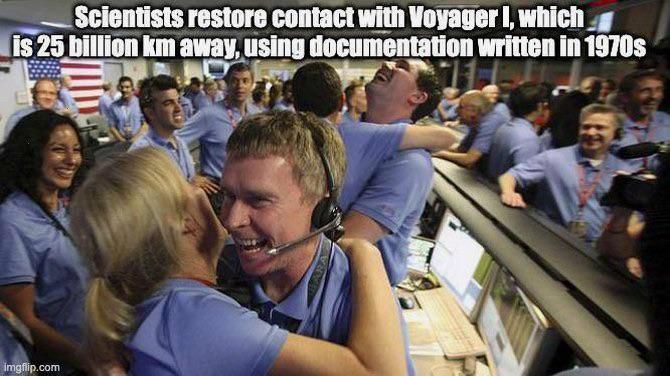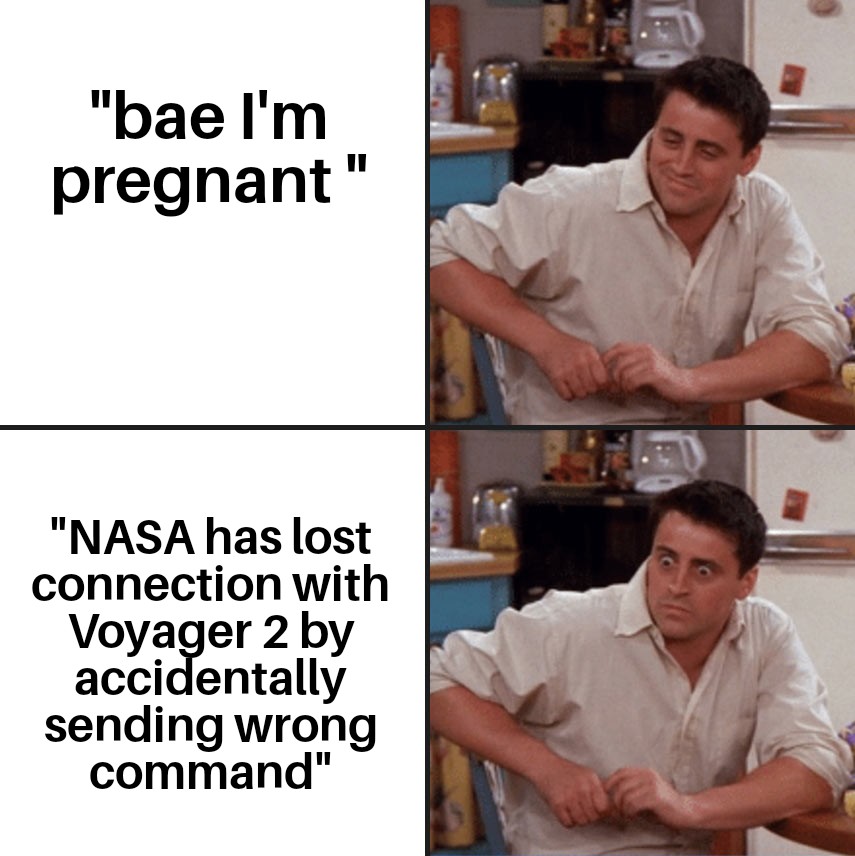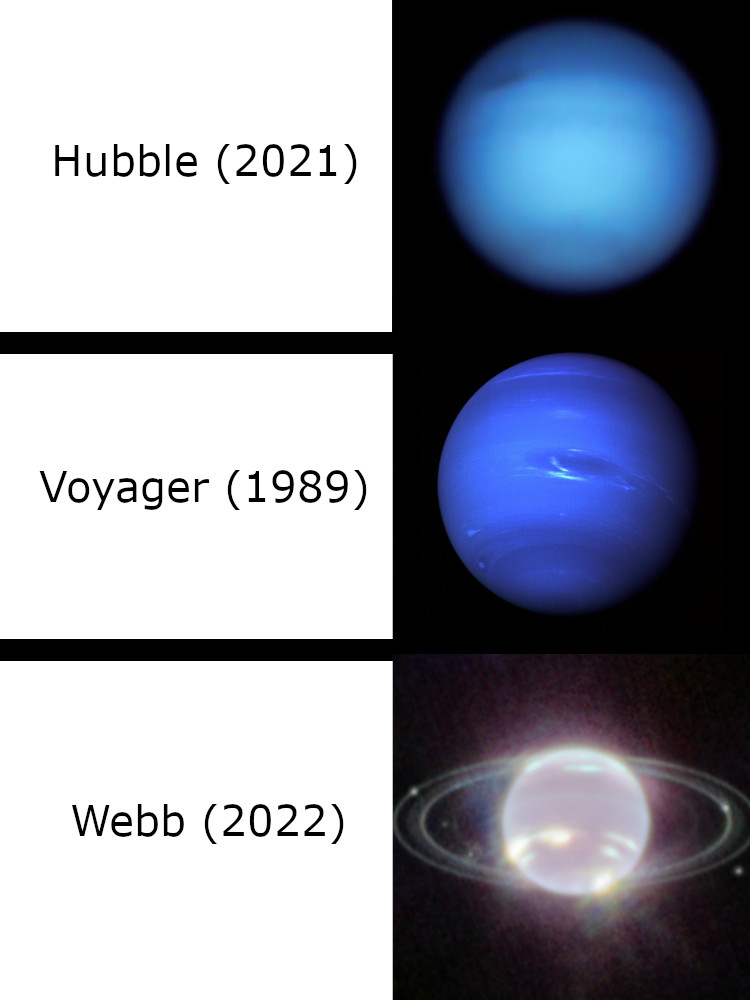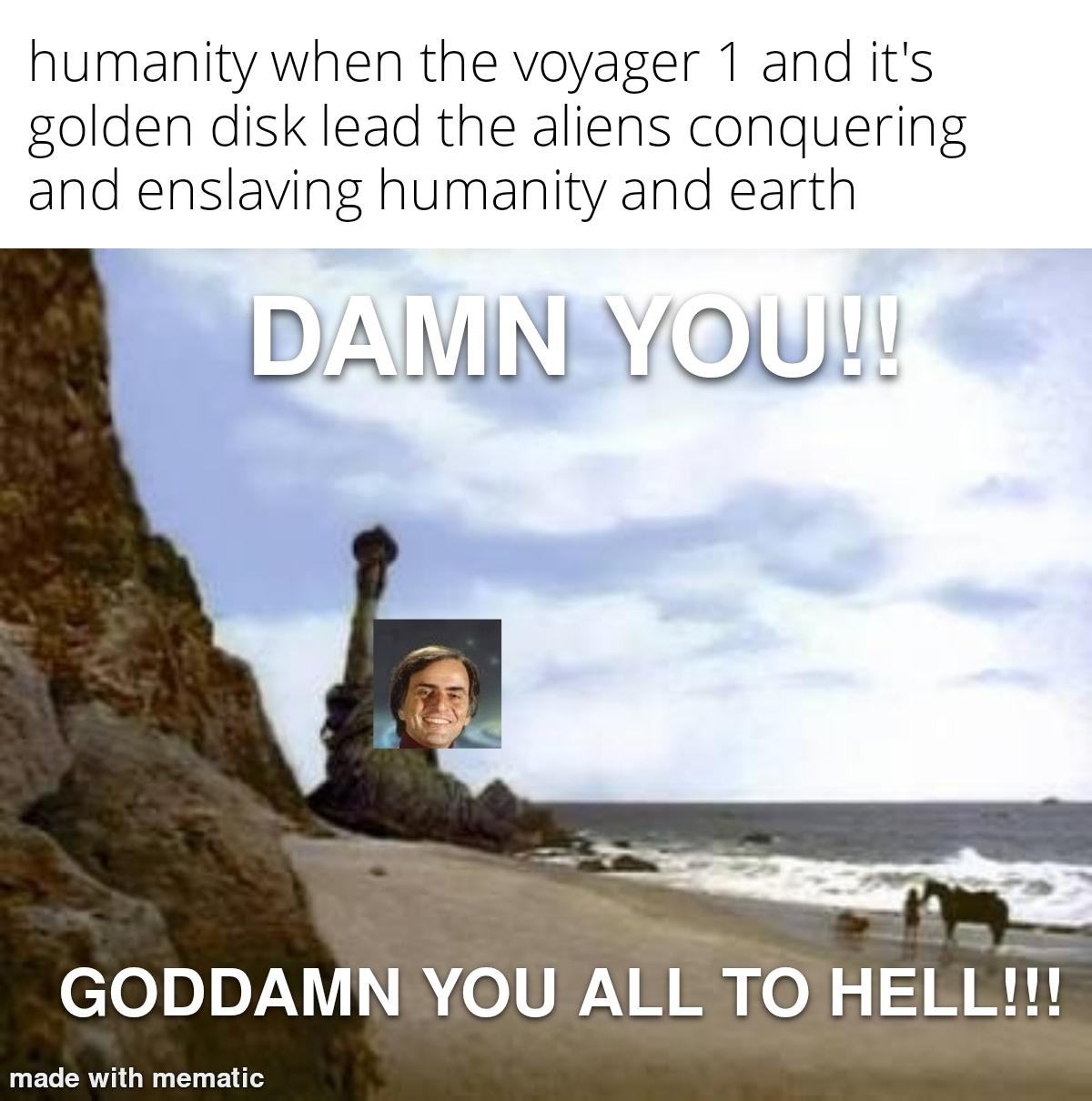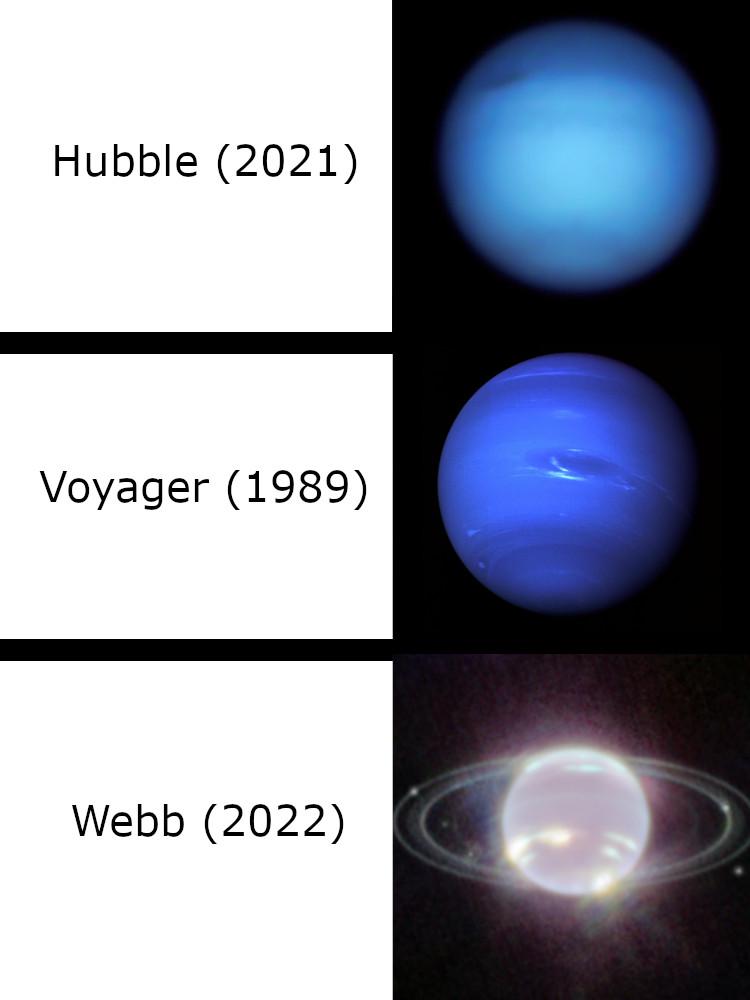The meme brilliantly illustrates NASA's planetary exploration priorities using the drowning kid meme format. At the top, we see Mars, Jupiter, and Saturn getting all the attention (the kids playing in the pool), while poor Uranus and Neptune (the skeleton at the bottom) are completely forgotten. It's the perfect metaphor for how NASA has sent multiple missions to the inner planets and gas giants, but hasn't returned to Uranus or Neptune since Voyager 2's brief flyby in the 1980s. The ice giants are literally left to die at the bottom of NASA's priority list! The skeleton waiting for a mission approval that may never come is just too real for planetary scientists specializing in the outer solar system.


 Academia
Academia
 Ai
Ai
 Astronomy
Astronomy
 Biology
Biology
 Chemistry
Chemistry
 Climate
Climate
 Conspiracy
Conspiracy
 Earth-science
Earth-science
 Engineering
Engineering
 Evolution
Evolution
 Geology
Geology






